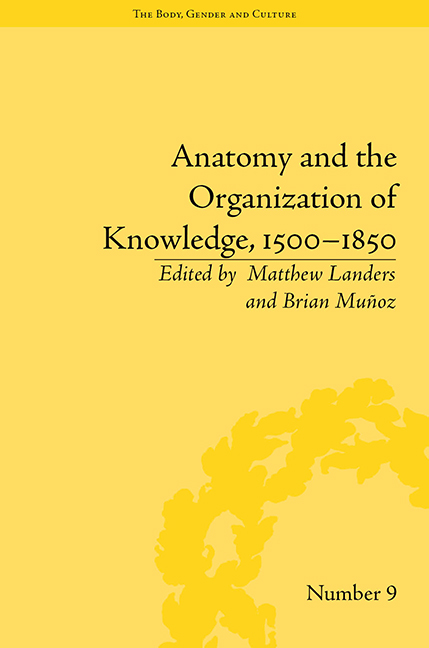Introduction
Summary
In 1699, Edward Tyson published the influential work, Orang-Outang, sive Homo Sylvestris, which established for the first time a theoretical argument for the comparative study of anatomy among different species. Tyson based his investigation on the ‘great Agreement’ that natural historians had observed between men and chimpanzees, but which could be studied more systematically in Tyson's time, because of advances in the practice of dissection and anatomy. Drawing from observations made during a dissection of an ape that he performed in the preceding year, Tyson set out to compare the anatomies of chimpanzees and humans, commenting:
formerly dissecting a Lion and a Cat at the same time, I wondred to find so very great Resemblance of all the Parts, both in the one and the other; that the Anatomy of the one might serve for the other, allowing for the magnitude of the Parts, with very little other alteration: And not only for this, but for several other Animals, that belong to the same Family … But I shall take care to draw up in a shorter view, wherein our Pygmie [chimpanzee] more resembled a Man, than an Ape and Monkey, and wherein it differ'd.
Tyson's work thus attempts to address implications that arise from recognition of the ‘resemblance of all the parts’ between man and chimpanzee – a recognition made possible only through relatively innovative comparative studies.
- Type
- Chapter
- Information
- Publisher: Pickering & ChattoFirst published in: 2014



